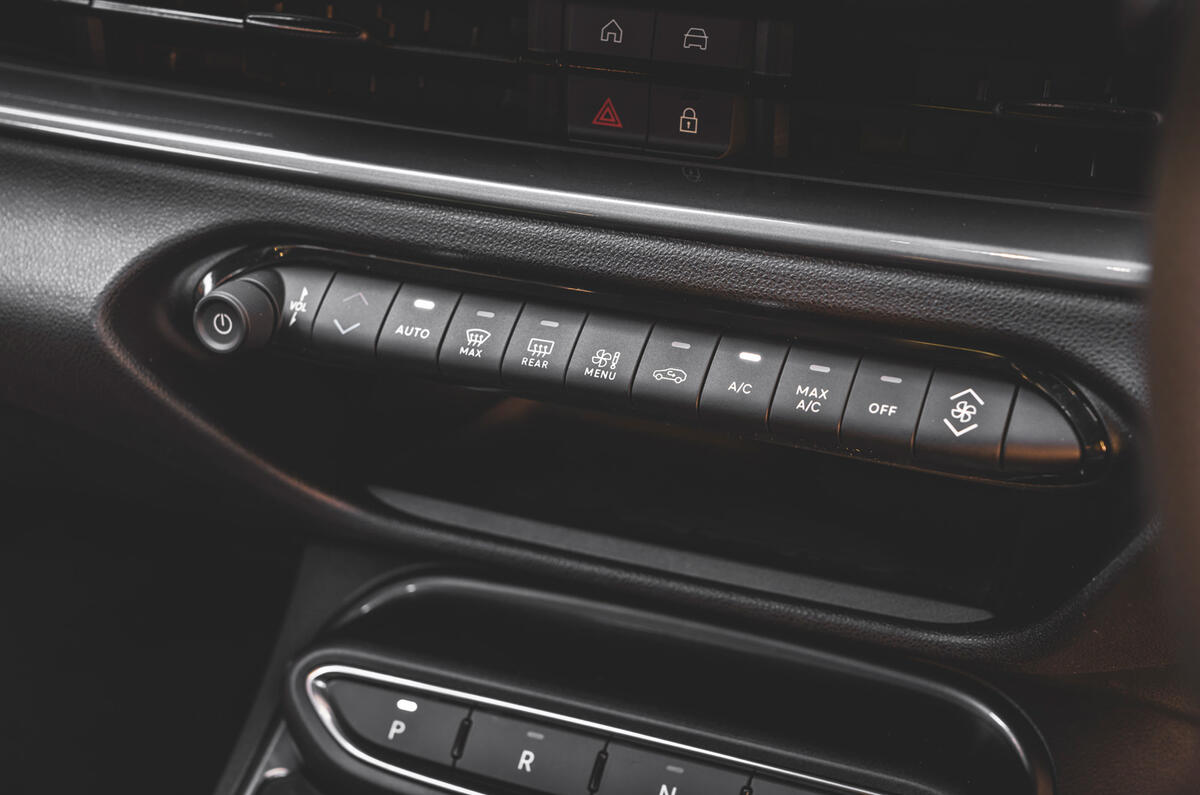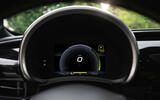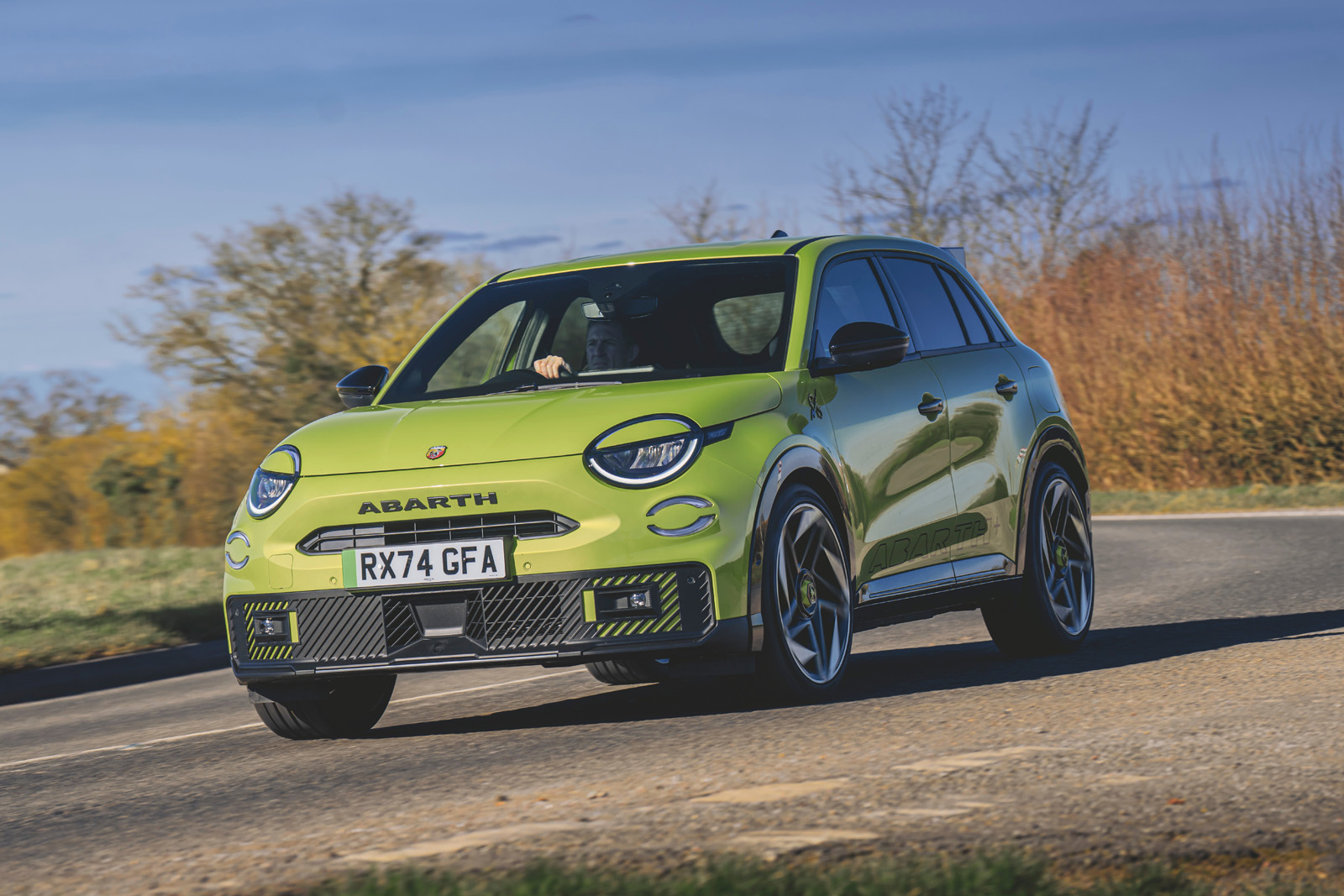What few attempts have been made to reimagine the classic hot hatch format for the electric age have so far been tepid at best, but with the launch of cars like this new Abarth 600e, is that now beginning to change?
This acid-green (other colours are available…), high-riding sports crossover is one of several new-for-2025 cars that suggest things are indeed changing.
Car makers are waking up to the fact that adding an extra motor to an otherwise sedate EV and stiffening the chassis doesn’t automatically result in a rewarding B-road reprobate. They’ve clocked the fact that nobody is rushing to swap their Hyundai i20 N for a Volkswagen ID 3 GTX.
There’s something reassuring about the French having led the charge in the rehabilitation of a format that Brits have always loved. They’re time-honoured leaders in the field, and the new Alpine A290 does lift-off oversteer and costs a sensible-for-2025 amount, at around £33k. We like it. And the Italians are at it too, with the 600e, which is an electric hot-hatch conceived in a more traditional mould than you might be expecting.
The Abarth 600e range at a glance
You can have the 600e in one of two specifications: Turismo or Scorpionissima.
The Turismo makes use of a 237bhp, front-mounted, separately excited electric motor developed in-house, with a 54kWh battery pack good for a range of 207 miles.
The Scorpionissima is a special edition, of which 1949 examples will be made (to recognise Abarth's founding year). It gets the 276bhp motor from the Alfa Romeo Junior Elettrica Veloce, cutting the 0-62mph time from 6.2sec to 5.9sec.















































